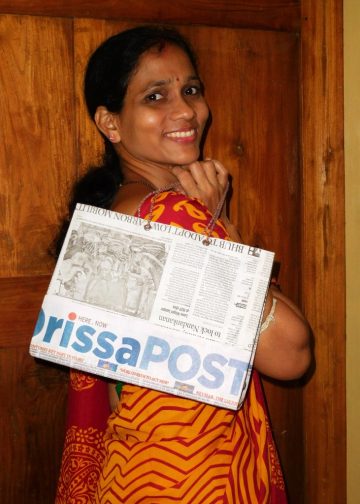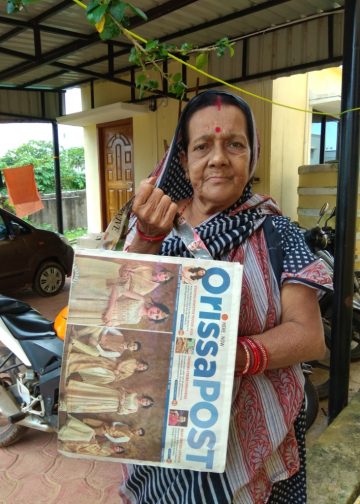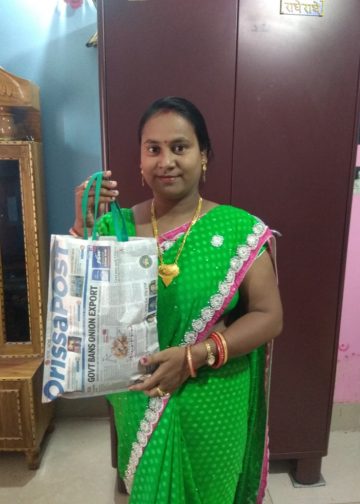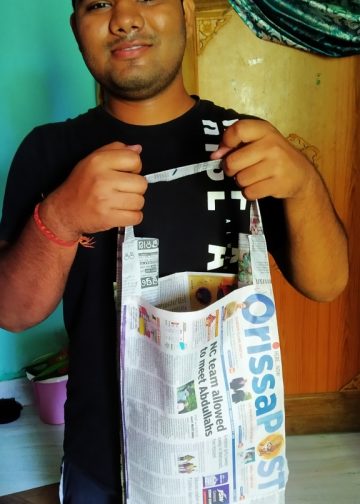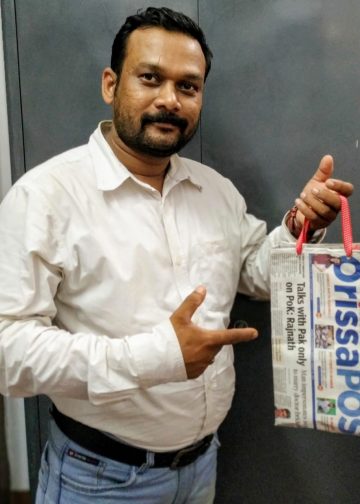Monalisa Patsani
Bhubaneswar, Oct 26: Ganjapa, the traditional game of cards of the state and makers of the playing cards, are on their last legs. Craftsmen in Raghurajpur, a village known for Pattachitra paintings worldwide, are among the last remaining Ganjapa card makers in the state today.
Playing Ganjapa used to be the chief recreational activity for men in Oriya society right from kings to courtiers and laymen. Till the late Eighties the game was extremely popular in the villages of Puri and Ganjam.

But it has virtually vanished from the villages and people today do not know how the game is played and the master craftsmen who used to create the deck of cards are on the wane.
Jayadev Moharana and Banamali Mohapatra of Raghurajpur formed a pair of authentic Ganjapa artistes. But with the death of Banamali, Jayadev is the only living master cards maker.
The 89-year-old recently stopped making these cards as his health no longer permits him to take up the intricate work. “Earlier people would play Ganjapa sitting in groups. Today the modern playing cards have replaced this game. I am the only one left among the few who used to make these cards,” Jayadev said.
He laments that the craft may die with him. “My health doesn’t permit me to sit for long hours to create the intricate designs. I have not made any card over the past few months and no one in the village is interested to learn this art,” he said.
A game of Ganjapa is played with a pack that includes cards of eight colours. The commonly used deck is called ‘Atharangi’ and it contains 12 sets of cards of each colour. “The pack also comes in variants of 10 colours called as ‘Dasarangi’, 12 colours as ‘Vararangi’, 14 colours ‘Chaudarangi’ and 16 colours ‘Solarangi’,” Jayadev explains.
His son Gangadhar Moharana is a national award winning pattachitra artist. He won the award in 2012. Gangadhar is not interested in Ganjapa, though. “I am a pattachitra artist and have never made Ganjapa.
“Each art form employs a different style and technique. I know only a little about Ganjapa design but can’t make a deck of cards in all its intricate detailing and fine finish as my father or other Ganjapa artists could. Nowadays nobody other than maybe a random tourist buys these cards,” Gangadhar said.
For Jayadev, the glimmer of hope that at least his grandchildren may take some interest in the art, has been doused. “They are now in school and more interested in modern gadgets than in Ganjapa cards,” he said.













